Decorating a vase at home is a creative and rewarding activity that allows you to add a personal touch to your space. Whether you’re upcycling an old vase or enhancing a plain one, there are countless ways to customize it to suit your style and preferences. From painting and adding textures to incorporating decorative elements like ribbons or twine, this simple project can transform an ordinary vase into a stunning centerpiece or a unique home decor item. In this blog post, we’ll walk you through the steps on how to decorate vase at home so that you can get back to using it in no time! So grab your tools, and let’s get started!
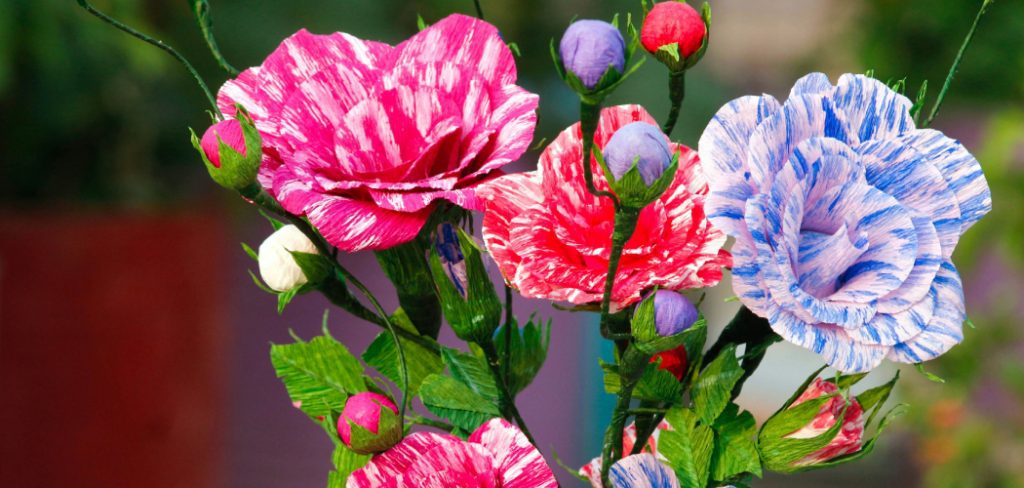
Why Decorating Vases at Home?
Decorating vases at home is not only a creative and enjoyable activity but also a cost-effective way to personalize your living space. It allows you to repurpose old or plain vases, giving them new life and matching them with your decor. Crafting your own designs also provides a sense of accomplishment and lets you showcase your unique style. Additionally, it’s an eco-friendly alternative to buying new decor items, reducing waste and encouraging sustainable living. Whether you’re looking to create a statement piece or simply want to experiment with your artistic skills, decorating vases at home is an enriching project that anyone can try.
Choosing the Right Vase for Decoration
Selecting the perfect vase is an essential first step in crafting a beautiful decorative piece. Consider the shape and size of the vase in relation to the space where it will be displayed. Tall and slender vases work well for minimalist arrangements, while wider or uniquely shaped vases can create a bold focal point. Material plays a crucial role too—glass vases offer versatility and elegance, ceramics provide texture and character, and metal vases add a modern, industrial vibe. Additionally, think about the color and finish of the vase, ensuring it complements your home’s existing decor. By carefully choosing the right vase, you set the foundation for a design that is both functional and aesthetically pleasing.
Types of vases
Glass Vases
Glass vases are a timeless choice, offering elegance and versatility. They come in a variety of shapes and sizes, from cylindrical to spherical, making them suitable for both minimalist and elaborate floral arrangements. Transparent by nature, glass vases allow the stems and water to become part of the visual display, creating a clean and polished look.
Ceramic Vases
Ceramic vases are ideal for adding texture and character to your space. With their wide range of finishes, from glossy to matte, and styles ranging from rustic to modern, these vases can effortlessly complement different interior themes. Their sturdy construction also makes them a durable choice for holding larger or heavier flower arrangements.
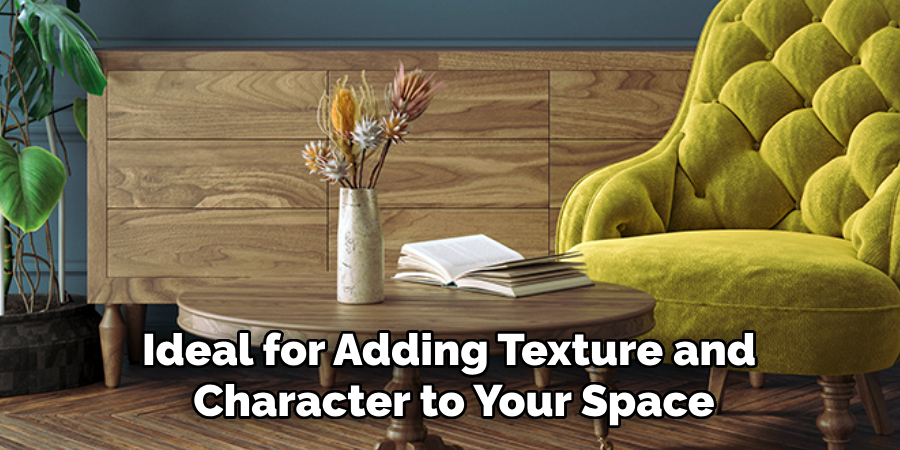
Metal Vases
For a sleek and contemporary aesthetic, metal vases are a stunning option. These vases often feature clean lines and metallic finishes, such as gold, silver, or copper, adding a touch of sophistication and an industrial charm to your decor. Metal vases are particularly popular in modern and minimalist homes.
Wooden Vases
Wooden vases bring a warm and natural element to any space. Often crafted from carved wood or bamboo, these vases are perfect for earthy and bohemian interiors. They pair beautifully with dried flowers and other rustic arrangements, making them a favorite for eclectic decor styles.
Hanging Vases
Hanging vases introduce an element of whimsy and dimension to your decor. Made from materials like glass, ceramic, or metal, they are often suspended by strings, wires, or macramé hangers. These unique pieces are perfect for small spaces and can hold lightweight plants or flowers, giving your interior a floating garden effect.
10 Methods How to Decorate Vase at Home
1. Paint with Acrylic or Chalk Paint for a Fresh Look
One of the simplest and most impactful ways to decorate a vase is by painting it. Acrylic and chalk paints adhere well to ceramic, glass, and plastic surfaces. Begin by cleaning the vase thoroughly to remove any dust or oils, then apply a base coat in your chosen color. Chalk paint creates a matte, vintage finish, while acrylics can range from glossy to satin. Use painter’s tape for clean lines if you want to create geometric designs or stripes. Once dry, seal your painted vase with a clear varnish or spray sealant to protect the finish and give it a polished look.
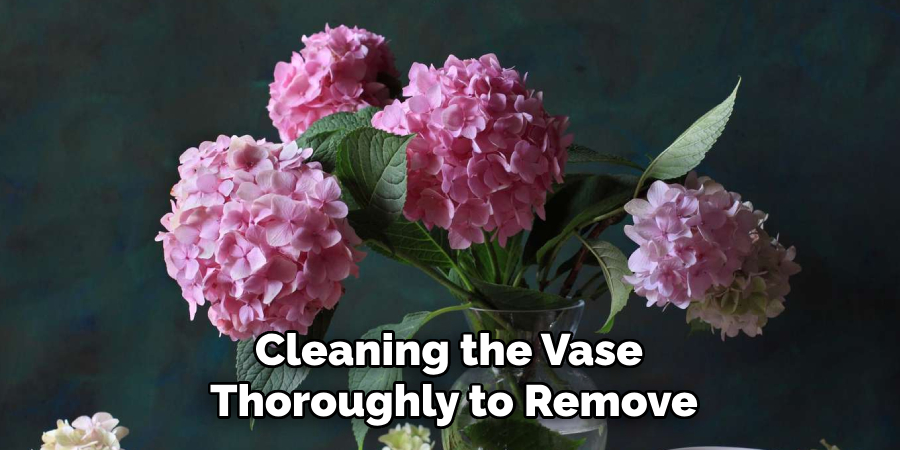
2. Use Decoupage to Add Intricate Patterns
Decoupage involves gluing paper or fabric onto a surface, then sealing it with a protective coating. To decorate a vase with decoupage, select patterned paper—like floral napkins, tissue paper, or pages from an old book. Cut or tear the paper to fit your design, then use a brush to apply Mod Podge (or another decoupage medium) to the vase. Press the paper in place, smoothing out any wrinkles, and then apply another coat of Mod Podge over the top. Repeat with multiple layers as needed. Once dry, your vase will have a textured, artistic finish that looks custom-made.
3. Wrap with Rope, Twine, or Yarn for a Rustic Touch
Wrapping a vase in rope, twine, or yarn creates a cozy, farmhouse-style look. Start by gluing the end of the material to the bottom or top of the vase using a hot glue gun, then wind it tightly around the body, applying glue every few inches to secure it. Mix textures and colors for a layered effect, or add embellishments like small seashells, beads, or faux flowers. This technique not only adds a tactile, warm feel to the piece but also gives old or mismatched vases a whole new life.
4. Create a Mosaic with Glass or Beads
Turn your vase into a sparkling work of art by creating a mosaic with broken glass, mirrored tiles, or colorful beads. Clean the vase and lightly sand the surface to help adhesive grip better. Use a strong glue or tile adhesive to attach your pieces in a design or random pattern. Once the mosaic is complete, fill in the gaps with grout and wipe away the excess. Allow everything to dry thoroughly. The finished product catches the light beautifully and makes a stunning statement, especially as a centerpiece.
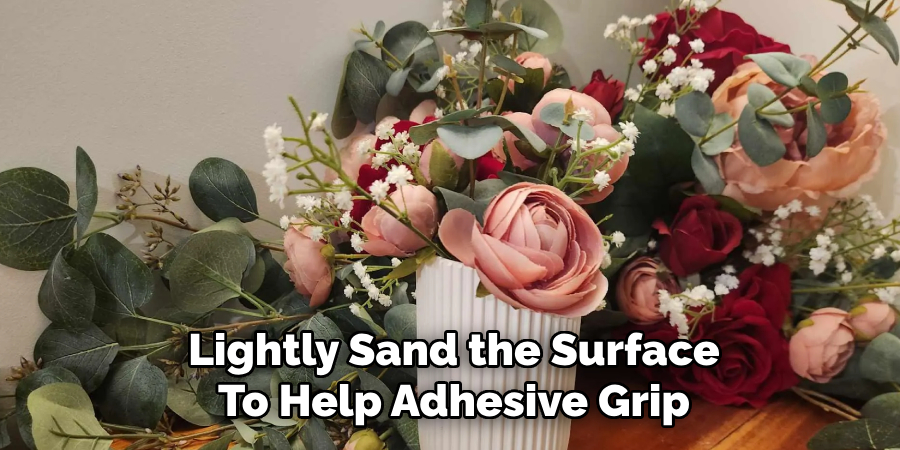
5. Stencil a Design for Precision Decoration
Stenciling offers a neat and professional way to decorate your vase with intricate designs. Choose or create a stencil that fits the vase’s size and shape. Secure the stencil with painter’s tape, then dab paint over it using a stencil brush or sponge. Acrylic paint works well, and layering colors can add dimension. Once the paint dries, remove the stencil carefully to reveal your pattern. This method is ideal for repeating motifs, floral designs, or even custom text like monograms or quotes.
6. Apply Metallic Leaf for a Luxe Effect
Gold, silver, or copper leaf instantly elevates the appearance of a plain vase, giving it a high-end, glamorous look. To apply metallic leaf, first brush a layer of adhesive size over the areas you wish to gild. Once tacky, press the metal leaf sheets onto the adhesive and smooth gently with a soft brush. After the adhesive sets, seal the surface with a clear varnish to protect the delicate leaf. Use this technique on the entire vase or as an accent for just the rim or base for subtle sophistication.
7. Embellish with Natural Elements
Bring nature indoors by adorning your vase with natural materials like dried flowers, leaves, small twigs, or pressed botanicals. Attach these elements using a strong craft glue, arranging them in a pattern or covering the entire vase for a natural collage look. You can also use a decoupage method to seal in pressed flowers or leaves. Pairing these with neutral paint or earthy textures can create a serene, organic look that works beautifully in bohemian or rustic interiors.
8. Add Texture with Plaster or Baking Soda Paint
Creating texture on a vase adds a tactile, sculptural element that feels modern and artistic. Mix acrylic paint with baking soda to create a thick, matte paste, or use lightweight plaster or joint compound to coat the vase’s surface. Apply with a palette knife or brush in sweeping or stippled motions for a textured effect. Once dry, the surface can be left raw for a minimalist feel or painted over for added color. This method is perfect for transforming glass vases into something that looks handcrafted and artisanal.
9. Etch Glass for a Subtle and Elegant Finish
For glass vases, etching cream allows you to add designs directly into the surface. Use a stencil or masking tape to block off the area you want to etch, then apply the etching cream according to the product instructions. After a few minutes, rinse it off to reveal a frosted, permanent design. Glass etching is great for personalized gifts or for creating elegant, understated decorations that catch the light without overwhelming the room.
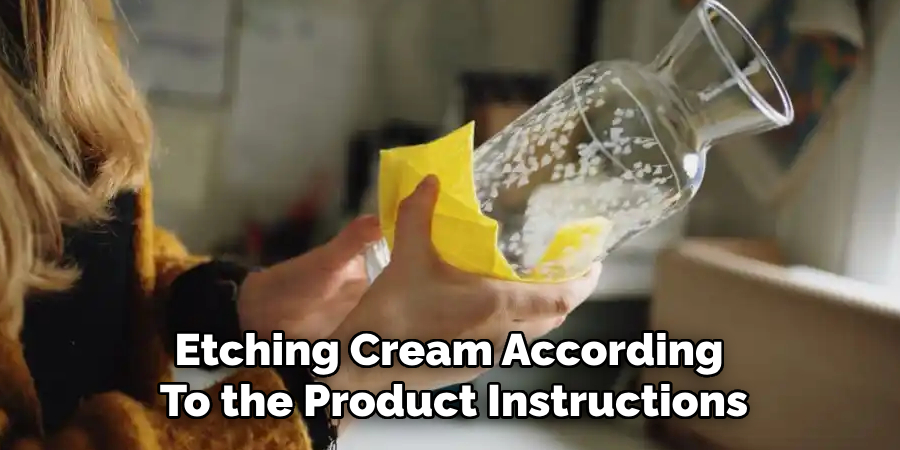
10. Layer Mixed Media for an Artistic Statement Piece
Combine several decorating techniques to create a mixed-media masterpiece. Start with a painted base, then layer on elements like stencils, decoupage, rope, and embellishments to create a truly one-of-a-kind vase. Use a theme for cohesion, such as a nautical vase using blue paint, rope wrap, and seashells; or a boho vase with earth-toned paint, feathers, and fabric fringe. This approach lets you flex your creative muscles and results in a piece that’s as artistic as it is functional.
Conclusion
Decorating a vase at home is not just about aesthetics—it’s a personal expression of creativity and style. With these ten elaborated methods, you can turn any plain or outdated vase into a captivating work of art. Whether you prefer the simplicity of paint, the glamour of metallic leaf, or the charm of natural materials, each technique opens the door to endless possibilities. Let your imagination lead the way, and soon your home will be filled with custom vases that reflect your unique taste and artistic flair. So, there you have it – a quick and easy guide on how to decorate vase at home.
Specialization:
- Master of wheel-throwing, hand-building, and advanced glazing techniques
- Focus on creating both functional pottery and decorative art pieces
Recognition:
- Celebrated by collectors and art enthusiasts for creating one-of-a-kind pieces that blend artistry with functionality
- Participates in local and national exhibitions, earning accolades for his innovative designs and craftsmanship
Passion:
- Deeply committed to exploring and pushing the boundaries of ceramic artistry
- Continuously experiments with new materials, firing techniques, and artistic concepts to evolve his craft
Personal Philosophy:
- Believes in the transformative power of art, aiming to evoke emotions and connections through his ceramic creations
- Advocates for sustainability in ceramics, using eco-friendly materials and practices whenever possible


